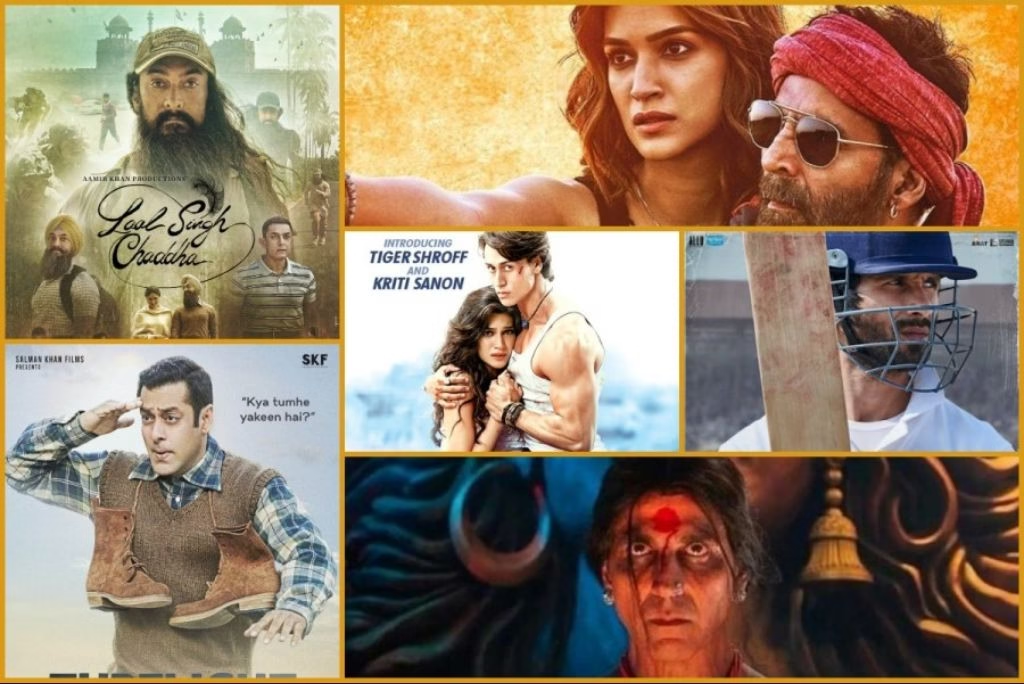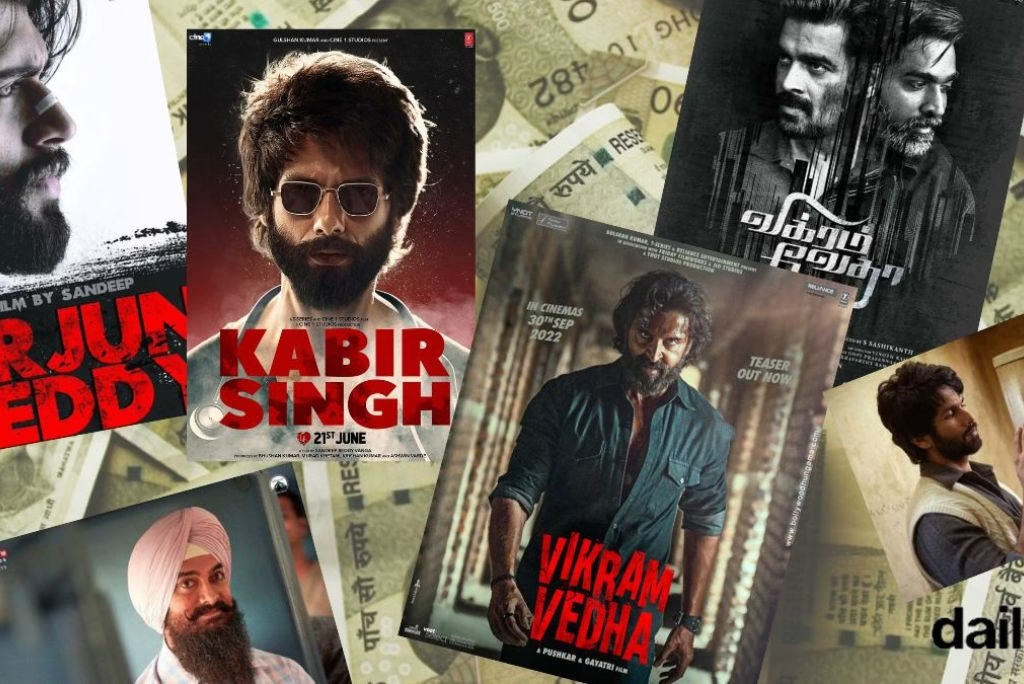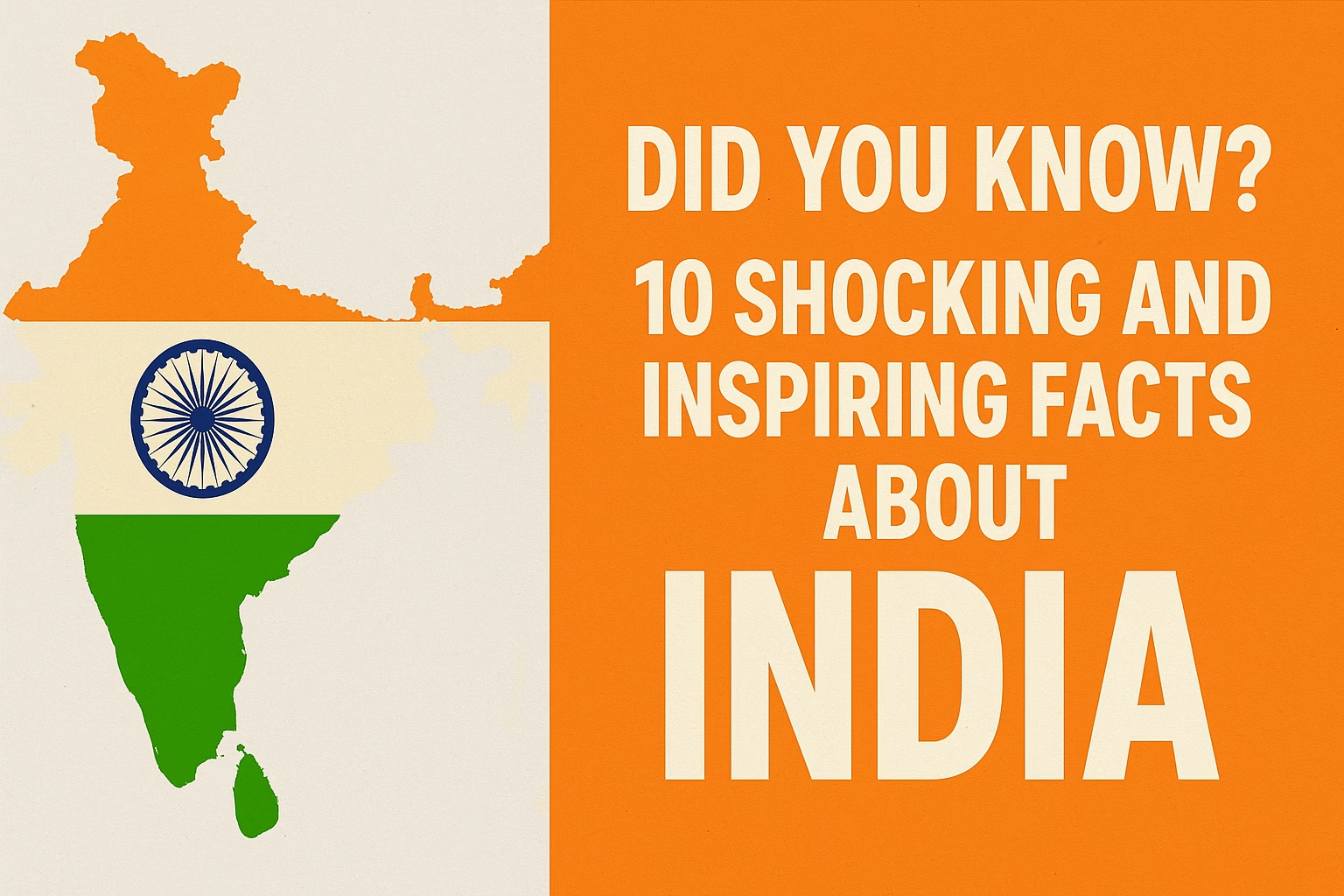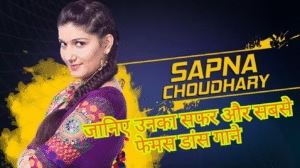
In the world of Indian cinema, Bollywood has a long history of remaking films. Whether it’s a superhit from Tollywood (Telugu), Kollywood (Tamil), or even a blockbuster from Hollywood, Bollywood producers have always shown a special interest in adapting successful stories into Hindi-language movies. While this trend has often led to box office success, it has also raised questions about originality, creativity, and the state of filmmaking in India.
In this article, we’ll explore from Tollywood to Hollywood: why Bollywood loves remakes, what drives this habit, and what it means for the future of Indian cinema.
What Is a Bollywood Remake?

A remake is a film that is based on the storyline of an already released movie. Bollywood has remade:
-
South Indian hits like Arjun Reddy into Kabir Singh
-
Hollywood thrillers like Phone Booth into Knock Out
-
Even its own older classics like Agneepath (1990) into Agneepath (2012)
These films might have new actors, better visuals, or slightly altered storylines, but the heart of the story remains the same.
Why Bollywood Loves Remakes

1. Proven Story Equals Safe Investment
Making movies is risky and expensive. A completely new story might fail at the box office. On the other hand, a film that has already worked in another language is considered safe. If people loved a movie in Telugu or Tamil, it’s likely they’ll enjoy the Hindi version too. So, producers feel more confident investing in remakes.
2. Wider Audience Reach
Not everyone in India watches regional or foreign-language films. A Tamil blockbuster may have gone viral in the South, but audiences in North India may have missed it. By remaking the film in Hindi, Bollywood gives the story a national reach. The same goes for Hollywood movies – by giving them an Indian twist, Bollywood makes them more relatable for local audiences.
3. Star Power Boost
Sometimes, even if a regional movie is brilliant, it may not get much attention due to lesser-known actors. Bollywood remakes can add star power with big names like Shah Rukh Khan, Salman Khan, or Alia Bhatt, giving the same story new life and bigger ticket sales.
4. Changing Formats for Modern Viewers
Old classics or international films may not suit the tastes of today’s generation. Remakes allow Bollywood to update the format, modernize dialogues, settings, and styles while keeping the core idea the same. This makes the content fresh and relevant.
5. Audience Demand
Let’s be honest – even the audience plays a role in this trend. Many Bollywood fans love watching masala entertainment – a mix of action, drama, romance, and music. If a remake delivers all this in a successful format, people don’t mind that it’s not original.
Examples of Famous Remakes in Bollywood

Here are some of the biggest remake hits Bollywood has produced:
-
Kabir Singh (2019) – Remake of Arjun Reddy (Telugu)
-
Ghajini (2008) – Inspired by Memento (Hollywood) and Ghajini (Tamil)
-
Drishyam (2015 & 2022) – Remake of Drishyam (Malayalam)
-
Wanted (2009) – Based on Pokiri (Telugu)
-
Singh is Bling (2015) – Inspired by My Wife Is a Gangster 3 (Korean)
Is It a Problem?
While remakes can be entertaining, many critics argue that Bollywood is losing its originality. Here are some common concerns:
-
Lack of Fresh Stories: When too many remakes flood the market, original writers and storytellers get less space.
-
Cultural Disconnect: Some remakes don’t fit well in the new language or region, making the film feel unnatural.
-
Creative Laziness: Critics say Bollywood is playing it too safe by copying rather than creating.
Audiences Are Getting Smarter

Today’s audience is more aware and connected than ever before. Thanks to OTT platforms like Netflix, Amazon Prime, and Disney+ Hotstar, people can easily access original Telugu, Tamil, Malayalam, and even Hollywood movies. So, if Bollywood simply copies these films without offering anything new, viewers can spot it instantly.
Audiences now expect higher quality, better storytelling, and meaningful cinema. Remakes that don’t offer something fresh are often called out on social media and receive negative reviews.
When Do Remakes Work?
Despite criticism, some remakes do succeed. The key lies in:
-
Strong acting performances
-
Fresh treatment or direction
-
Good music and cinematography
-
Emotional connection with the audience
For example, Drishyam was a huge hit not just because it was a remake, but because it was well-adapted for the Hindi audience, with a gripping performance by Ajay Devgn and clever direction.
What’s the Future?

The future of Bollywood depends on balance. Remakes aren’t necessarily bad. Some of them are respectful tributes or cultural adaptations. But the industry also needs to nurture new writers, invest in original stories, and give fresh talent a chance.
Audiences want variety. They are ready for thought-provoking, emotional, and relatable content—even if it comes from newcomers.
Lights, Camera… Reflection
Bollywood’s love for remakes is not going away anytime soon. From Tollywood to Hollywood, the film industry continues to borrow stories. But to stay relevant and respected, it must also grow in creativity and originality. A good remake is not just a copy — it’s a chance to retell a story in a better way. However, without passion and creativity, even the most successful original can fall flat in a remake.
As viewers, we should support good cinema, whether it’s original or a remake, as long as it brings something new to the screen.
Blogimine is your go-to platform for fresh, honest, and engaging blogs on Bollywood, travel, mysteries, and more. From movie reviews and celebrity news to hidden travel gems and trend updates, we bring stories that matter. Explore thought-provoking content written in simple language, crafted to inform, entertain, and inspire readers across India and beyond.














